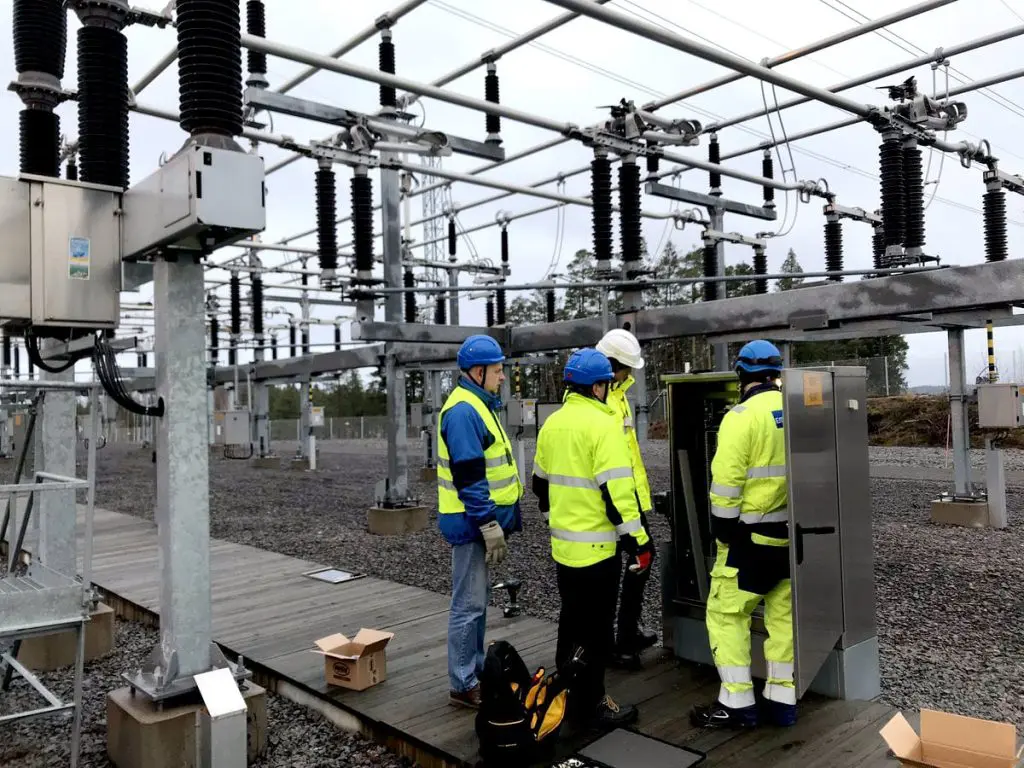Some time back, Finnish transmission operator Fingrid ran due diligence on the sector’s transformation, with the decarbonisation and decentralisation of the power supply, and advancements in digital technologies bringing cheaper hardware and better software to grid operations. “We looked at how we could take advantage of these opportunities,” says Marcus Stenstrand, digitalisation manager at Fingrid.
The answer was to digitise. The trouble with transformation, however, as for any industry with entrenched hardware, is that it does not come cheap, and the business case for digital change is still being pioneered in most markets. Swapping-out infrastructure is not feasible. “The average age of a substation is 40-60 years. These are old assets, and they’re too expensive to replace.”
Instead, Fingrid sought to layer in sensors on top of its trunk network, connecting power plants, industrial plants, and regional distribution networks around the country. But its search for “ready solutions” failed to turn up an easy match.
“The thing is there are no ready solutions out there for the transmission grid. Well, there are some, but they’re from these manufacturing giants, which make all the other equipment for this industry – the the circuit breakers, the disconnectors, the transformers. You know them – ABB, GE, Siemens, and so on. They’re the main players, and their solutions tend to have a price tag that’s not very affordable.” says Stenstrand.

“And meanwhile, my mobile phone has nine or 10 high-tech sensors, and a price of a few hundred euros. So why should you pay €5,000 for a single industrial sensor from one of these? That was the question we asked. And we started to think, well, we could use cheap er sensor technology instead. But we couldn’t find them.”
But hang on. Siemens et al cannot talk enough about industrial IoT, it seems. Just say again, for us: is the utility space stuck, in effect, because heritage industrial providers have priced it out, and its own conservatism stops it from gambling on big-ticket digital upgardes.
“Yes, sure, those companies do a lot. But they are focused on the industrial side – on chemical plants and process plants, and ships, and whatever else they do – and not on the utility side. They haven’t done that much for the energy grid. And I must say, again, that your mobile phone has more sensors than you can imagine, and a price tag that’s ridiculous compared to these industrial sensors. And they’re just as good, or even better.”
INNOVATION
Instead, Fingrid’s digital team, headed by Stenstrand, struck out on its own three years ago to corral local startups to develop affordable and robust sensor solutions to attach to its legacy equipment, in order to troubleshoot and optimise. It has run three innovation competitions, seeking solutions for various maintenance scenarios, mostly around substations; a fourth is in the works.
“Different startups came up with different solutions; some have been super crazy, and others have offered real value.”

Many have been worked into production, and are being installed currently in a dozen substations – about 10 per cent of its total network of 116 sunstations. Others are in development still. The plan is for around 500 new sensors at each substation, for measuring temperature, vibration, humidity, and acoustics, alongside voltages and amperes, and sundry electrical values.
The system will be tested, extensively, and scaled from there. Details remain scant, as the system is still being finalised. “We just don’t have that much that we can share yet,” he says. But the logic is plain: Fingrid wants to cut maintenance costs by measuring, recording, and comparing every grid-side metric it can.
And while grid balancing helps with green energy targets, automated maintenance of grid infrastructure brings real financial benefits – around 60 per cent of Fingrid’s operational expenditure goes on maintenance, and most is associated with planned outages for assessing grid equipment.
“The way to run maintenance checks has always been to take equipment out of service, and then to stick in probes, run measurements, and get readings about the state of things. And that impacts our customers – and power generators and regional grids have to adapt as well, and make their own changes,” says Stenstrand.
MAINTENANCE
The grid should operate around-the-clock, and week-long outages just for maintenance checks have to be planned years in advance – so the rest of the system can, at length, flex in response.
He goes on: “Yes, I get information about the status of the equipment, but the asset is still in the same condition it was before. Nothing has changed. I haven’t increased its value or performance. That only happens after the inspection, and after the outage.”

Plus, distributed energy farms cannot be so easily monitored, when the infrastructure itself is scattered so far. The business case was simple, he says: to take part of the spend on speculative checks – a fraction of “this huge barrel of money” that goes on maintenance – to reinvent in sensors and analytics to get live readouts of asset preformance.
The key was to keep costs down. “We’re not searching for things that last 40 years; we hope it lasts 10 years, but we’re good if it lasts five,” says Stenstrand.
But why not 40 years? Surely, any company investing in infrastructure should aim for longer? “Forty years comes at a price. If it lasts 40 years, great; but it was clear the only way we could digitalise our existing assets was to get cheap IoT – and I don’t mean affordable, I mean cheap.”
This needs some qualification. Fingrid claims almost total grid reliability and great value energy prices. “Our grid availability is one of the best in Europe. It’s 99.9999 per cent – six nines. And this industry does a lot of benchmarking. And even at global level, we are one of the most cost-efficient companies on the planet, in terms of maintenance.”
Fingrid was faced with a dilemma: how to fund infrastructure modernisation, when grid reliability cannot be much improved and the business is getting by with a value proposition for customers?
“There isn’t a case for another nine. And there is no pressure to decrease operating expenses,” says Stenstrand. “You don’t want the cheapest, but you want optimal value. We don’t have this most simple business case logic that some other industries have with IoT – which will save money and cut costs. We take it to the next level, and then also improve customer satisfaction.”
This is an excerpt from a new editorial report from Enterprise IoT Insights, called ‘Keeping the lights on – with green power’, which looks at development of IoT technologies in the energy and power market . The full report, free to download, is available here.

